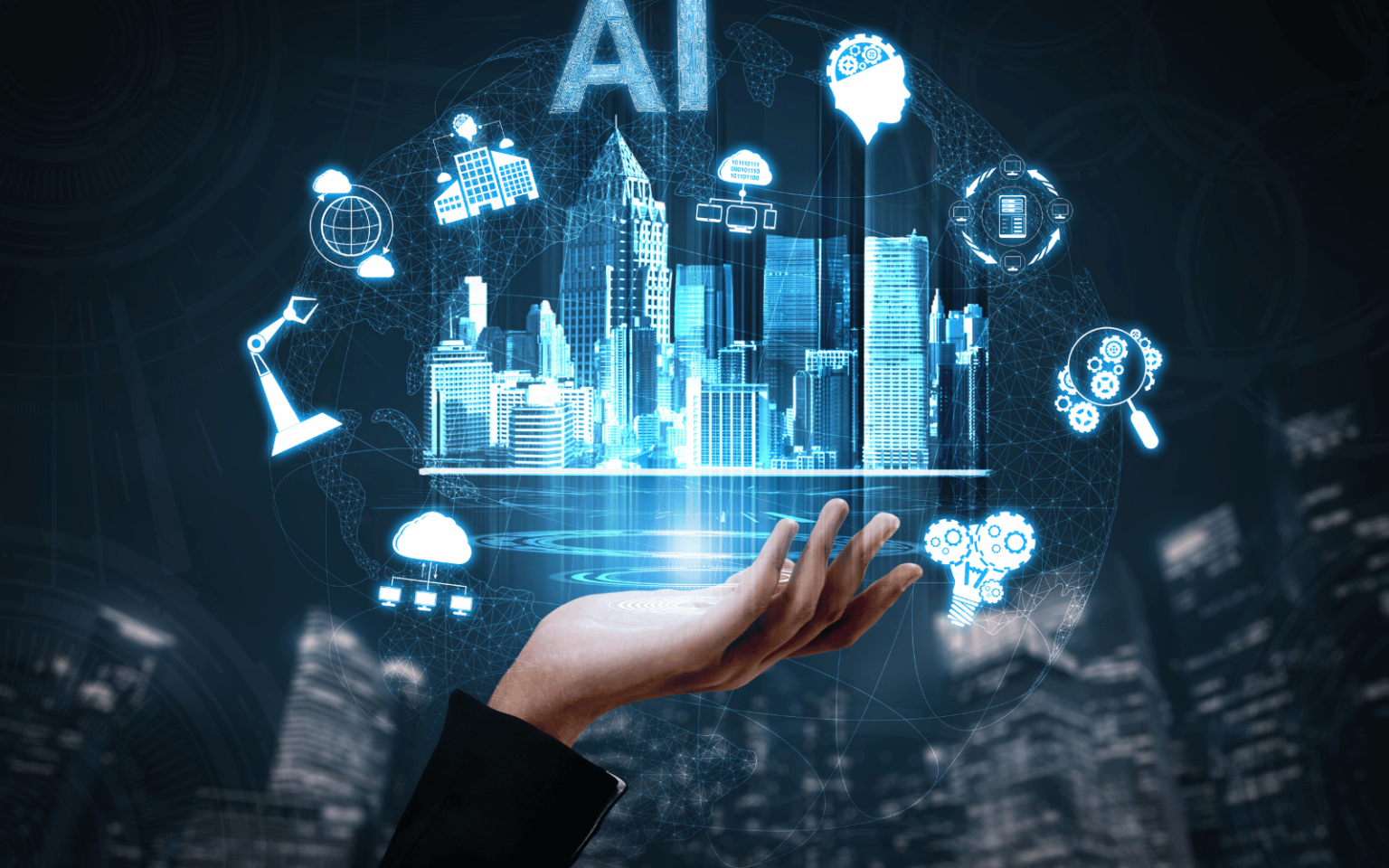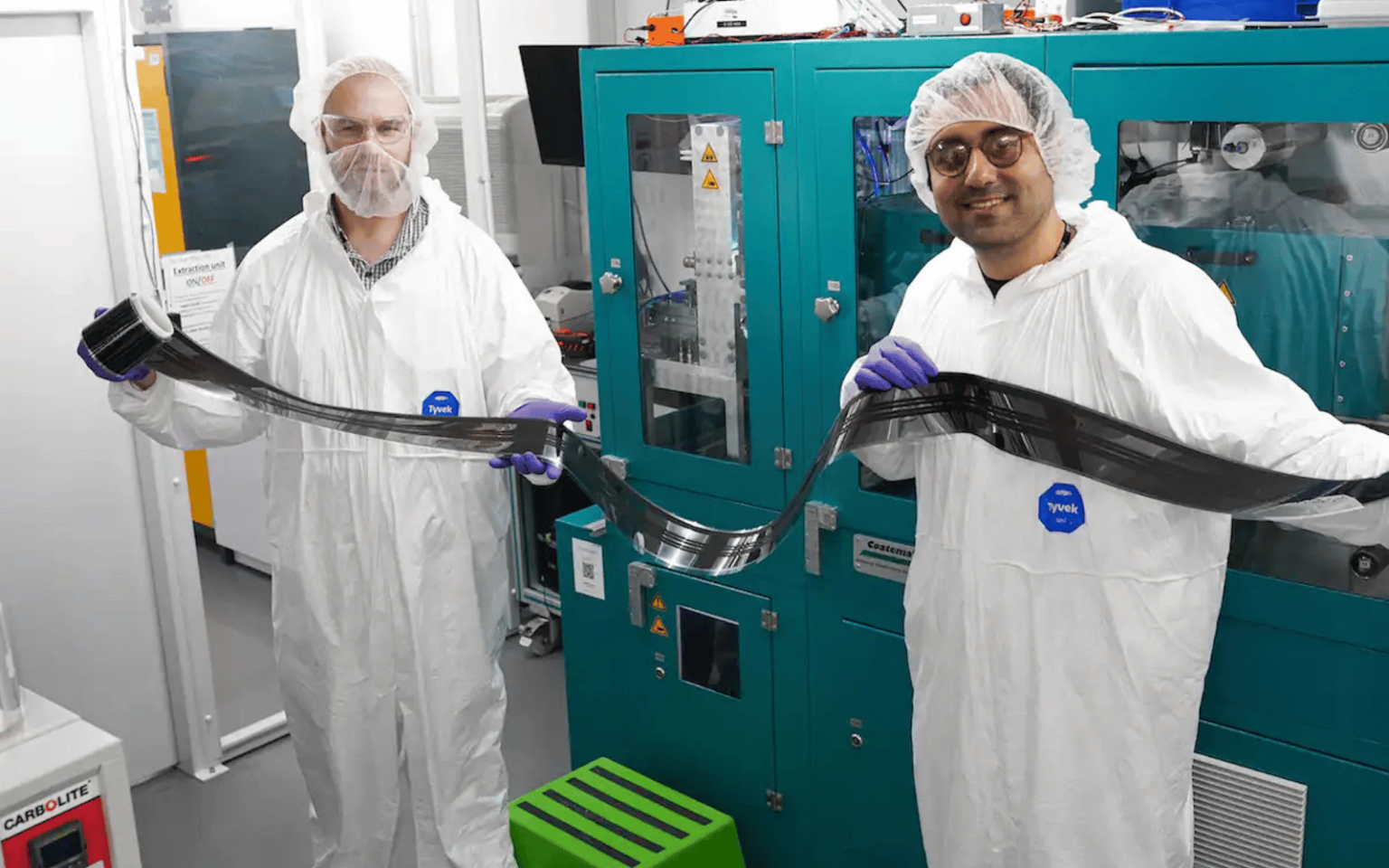Like most people I check my emails in the morning, wading through a combination of work requests, spam and news alerts peppering my inbox. But yesterday brought something different and deeply disturbing. I noticed an alert from the American Cybersecurity and Infrastructure Security Agency (CISA) about some very devious malware that had infected a network of computers. The malware in question is Snake, a cyber espionage tool deployed by Russia’s Federal Security Service that has been around for about 20 years. According to CISA, the Snake implant is the “most sophisticated cyber espionage tool designed and used by Center 16 of Russia’s Federal…
Author: The Conversation
The past few years have seen an explosion of progress in large language model artificial intelligence systems that can do things like write poetry, conduct humanlike conversations and pass medical school exams. This progress has yielded models like ChatGPT that could have major social and economic ramifications ranging from job displacements and increased misinformation to massive productivity boosts. Despite their impressive abilities, large language models don’t actually think. They tend to make elementary mistakes and even make things up. However, because they generate fluent language, people tend to respond to them as though they do think. This has led researchers to study the models’ “cognitive” abilities and biases, work that has grown…
Whether it’s Facebook’s News Feed or TikTok’s For You page, social media algorithms are constantly making behind-the-scenes decisions to boost certain content – giving rise to the “curated” feeds we’ve all become accustomed to. But does anyone actually know how these algorithms work? And, more importantly, is there a way to “game” them to see more of the content you want? Optimising for engagement In broader computing terms, an algorithm is simply a set of rules that specifies a particular computational procedure. In a social media context, algorithms (specifically “recommender algorithms”) determine everything from what you’re likely to read, to…
There is a growing movement among Gen Z to do away with smartphones and revert back to “less smart” phones like old-school flip and slide phones. Flip phones were popular in the mid-1990s and 2000s, but now seem to be making a comeback among younger people. While this may seem like a counter-intuitive trend in our technology-reliant society, a Reddit forum dedicated to “dumb phones” is steadily gaining in popularity. According to a CNBC new report, flip phones sales are on the rise in the U.S. Gen Z’s interest in flip phones is the latest in a series of obsessions young people are having…
Most diamonds are formed deep inside Earth and brought close to the surface in small yet powerful volcanic eruptions of a kind of rock called “kimberlite”. Our supercomputer modelling, published in Nature Geoscience, shows these eruptions are fuelled by giant “pillars of heat” rooted 2,900 kilometres below ground, just above our planet’s core. Understanding Earth’s internal history can be used to target mineral reserves – not only diamonds, but also crucial minerals such as nickel and rare earth elements. Kimberlite and hot blobs Kimberlite eruptions leave behind a characteristic deep, carrot-shaped “pipe” of kimberlite rock, which often contains diamonds. Hundreds of these…
On March 22, 2023, thousands of researchers and tech leaders – including Elon Musk and Apple co-founder Steve Wozniak – published an open letter calling to slow down the artificial intelligence race. Specifically, the letter recommended that labs pause training for technologies stronger than OpenAI’s GPT-4, the most sophisticated generation of today’s language-generating AI systems, for at least six months. Sounding the alarm on risks posed by AI is nothing new – academics have issued warnings about the risks of superintelligent machines for decades now. There is still no consensus about the likelihood of creating artificial general intelligence, autonomous AI systems that match or exceed humans at most economically valuable tasks. However,…
The technology to decode our thoughts is drawing ever closer. Neuroscientists at the University of Texas have for the first time decoded data from non-invasive brain scans and used them to reconstruct language and meaning from stories that people hear, see or even imagine. In a new study published in Nature Neuroscience, Alexander Huth and colleagues successfully recovered the gist of language and sometimes exact phrases from functional magnetic resonance imaging (fMRI) brain recordings of three participants. Technology that can create language from brain signals could be enormously useful for people who cannot speak due to conditions such as motor neurone disease. At the…
Between March 2020 and June 2022, families in Toronto experienced some of the longest lockdowns in the world. Ontario schools closed for in-person learning for over 27 weeks, longer than any other province or territory, and government restrictions on public spaces lasted for months. Parents were left to figure out how to manage work, child care and virtual school. We interviewed mothers of young children to reflect on how they managed their children’s screen media practices during this tumultuous time. Our study is part of a larger collaborative research study, with researchers in Australia, the United States, China, Colombia, South Korea and the United Kingdom.…
Silicon solar cells are an established technology for the generation of electricity from the sun. But they take a lot of energy to produce, are rigid and can be fragile. However, a new class of solar cell is matching their performance. And what’s more, it can now be printed out using special inks and wrapped flexibly around uneven surfaces. We have developed the world’s first rollable and fully printable solar cell made from perovskite, a material that is much less expensive to produce than silicon. If we can also improve their efficiency, this points to the possibility of making cheaper solar cells on…
Passwords could soon become passé. Effective passwords are cumbersome, all the more so when reinforced by two-factor authentication. But the need for authentication and secure access to websites is as great as ever. Enter passkeys. Passkeys are digital credentials stored on your phone or computer. They are analogous to physical keys. You access your passkey by signing in to your device using a personal identification number (PIN), swipe pattern or biometrics like fingerprint or face recognition. You set your online accounts to trust your phone or computer. To break into your accounts, a hacker would need to physically possess your device and have the…











